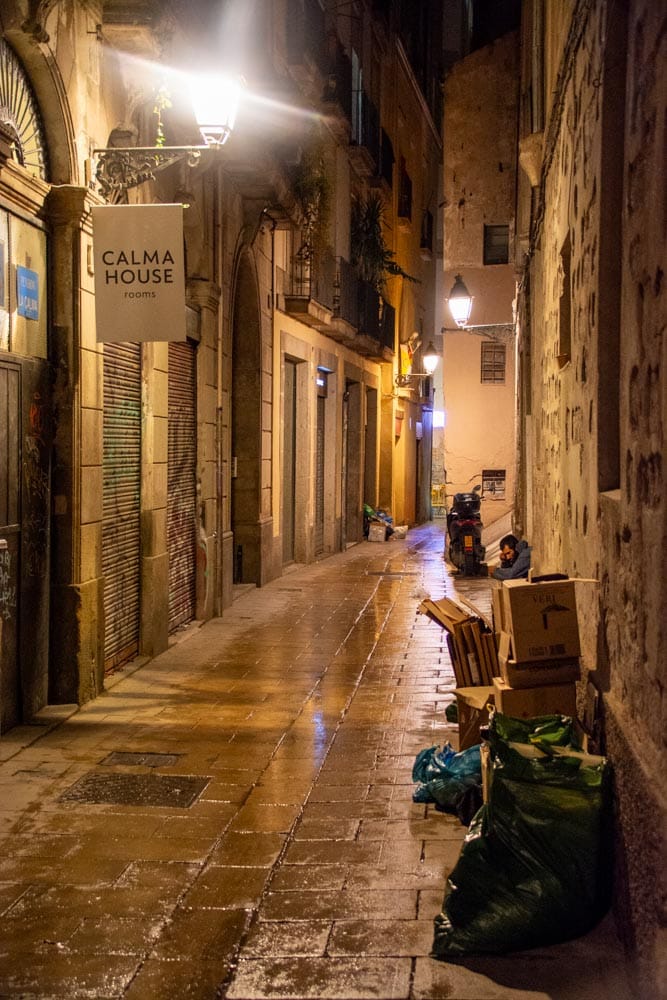
Walking with Gaudí: Architecture, Art, and a Dream

Barcelona has always held a special place in my heart. During my professional years, I visited the city each February for the Mobile World Congress. These trips were supposed to be about technology, but what truly captivated me was the city itself. The contrast between the broad, sunlit squares of the east and the narrow alleys near La Rambla always fascinated me. Life here seems to happen outside, cafés spilling into plazas, people lingering at tables for hours, conversations blending with the hum of the city. Barcelona does not just welcome you, it wraps you into its rhythm.
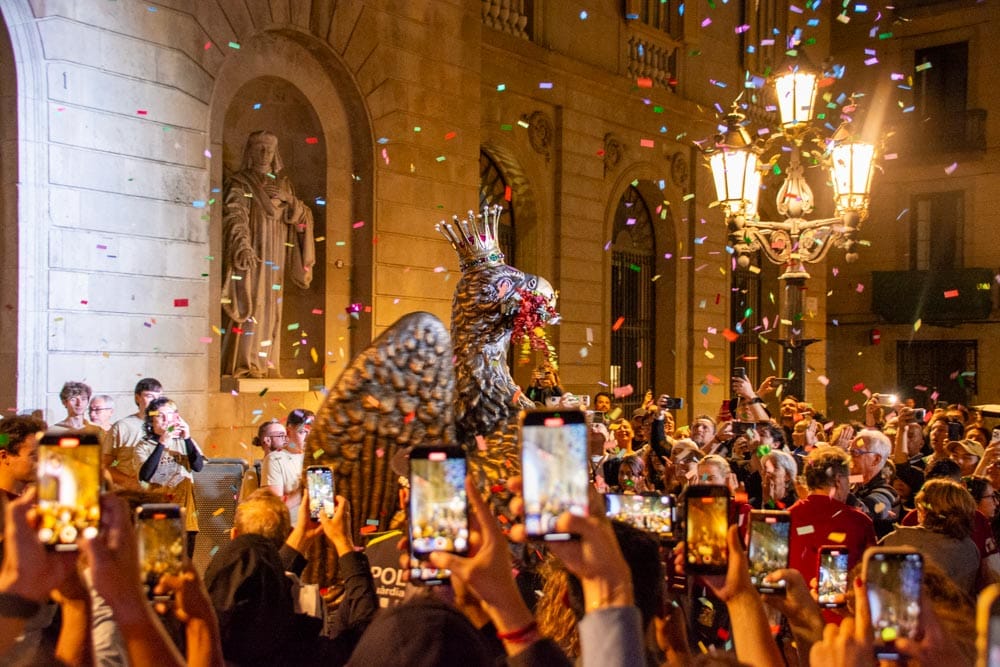
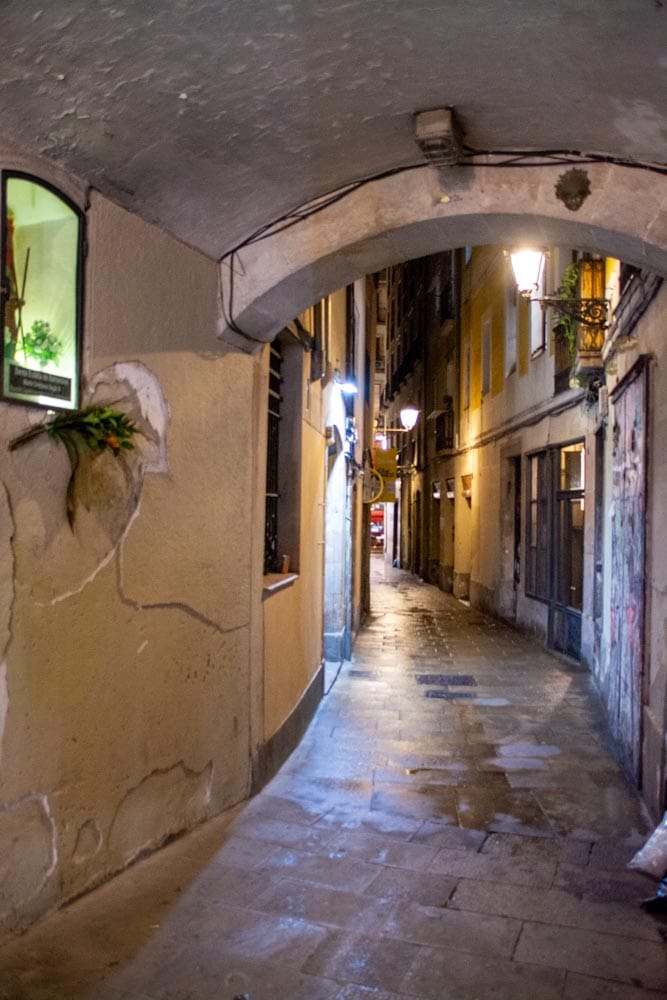
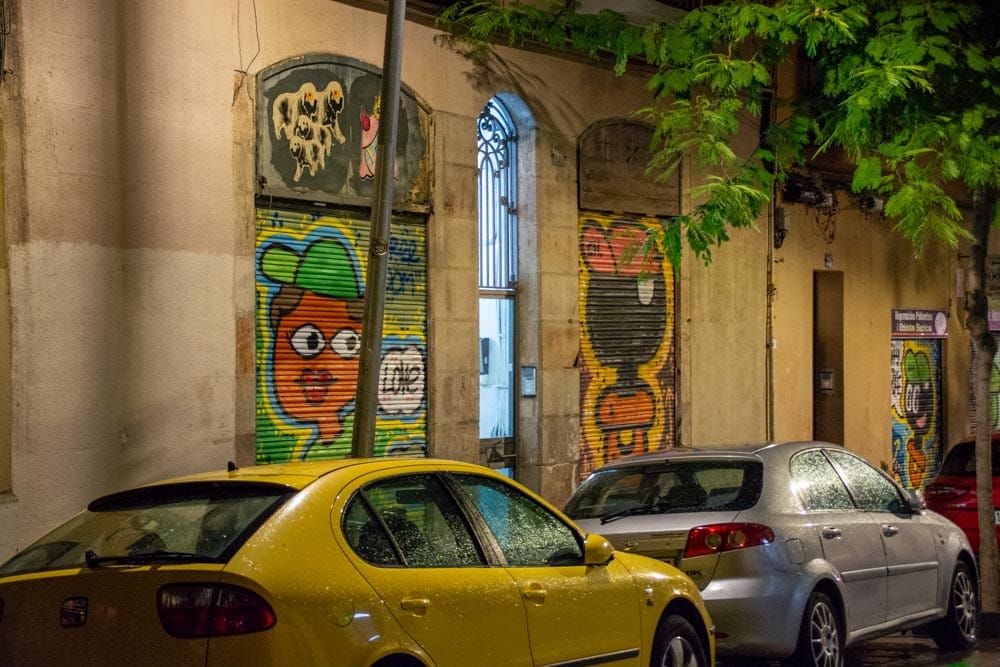
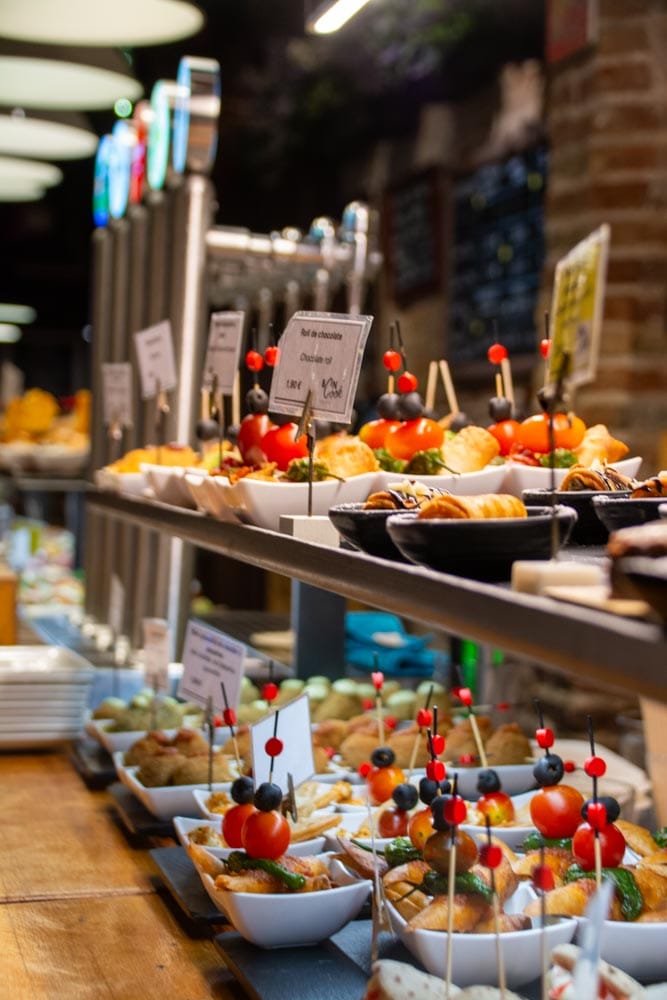
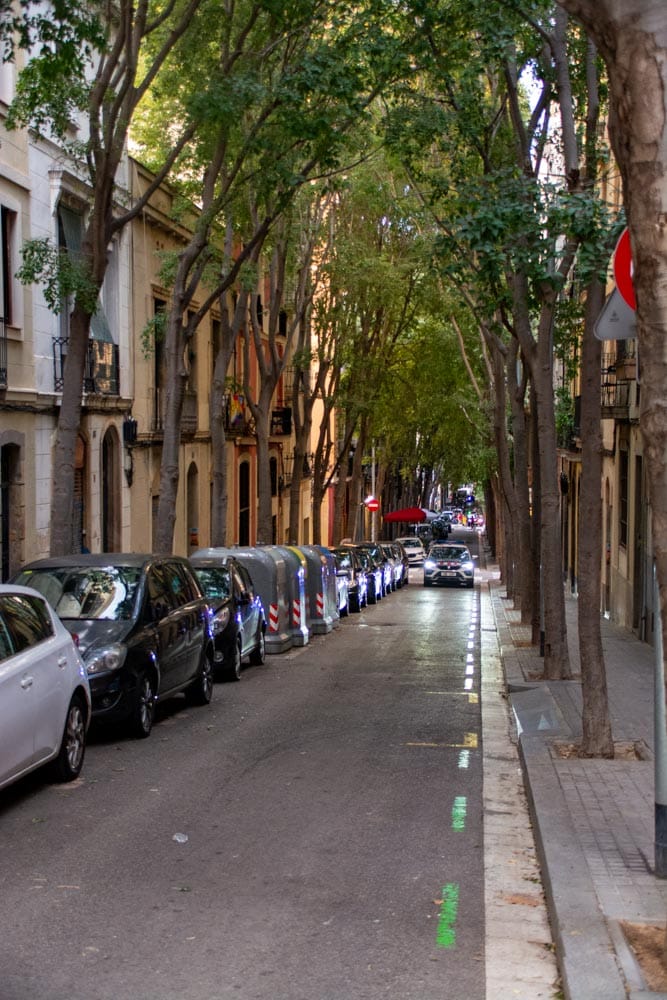
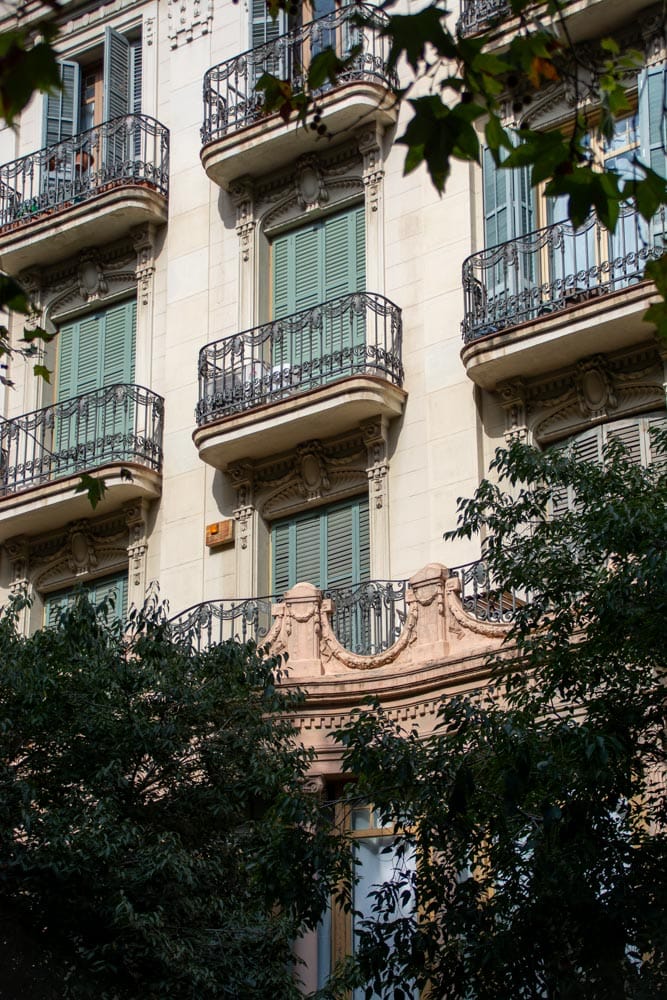
Barcelona does not just welcome you, it wraps you into its rhythm.
One architect, of course, dominates this city’s identity: Antoni Gaudí. His name is synonymous with Barcelona, his buildings woven into the city’s very soul.
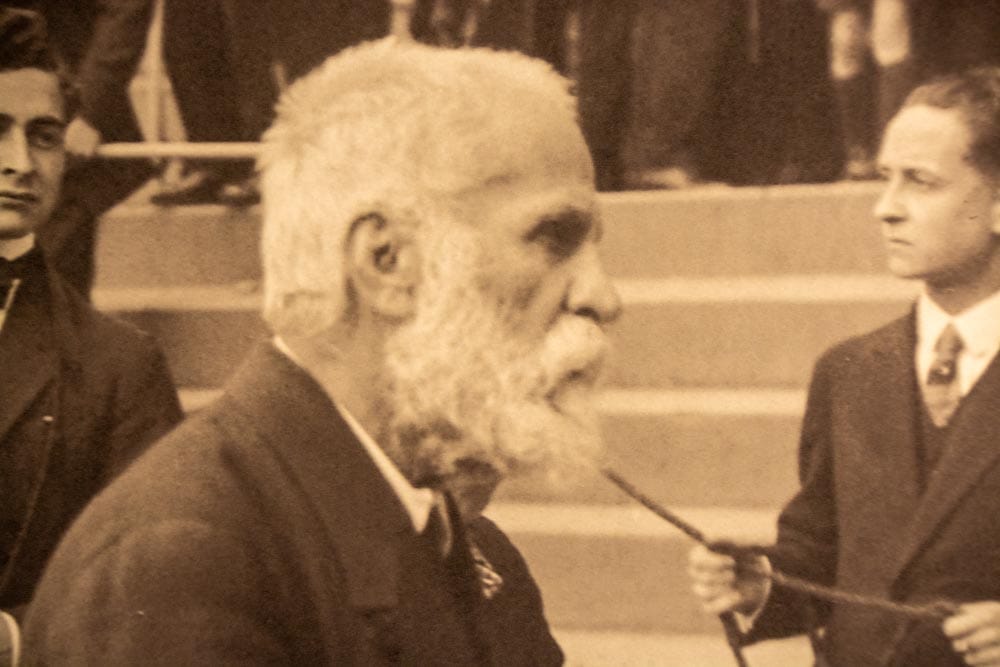
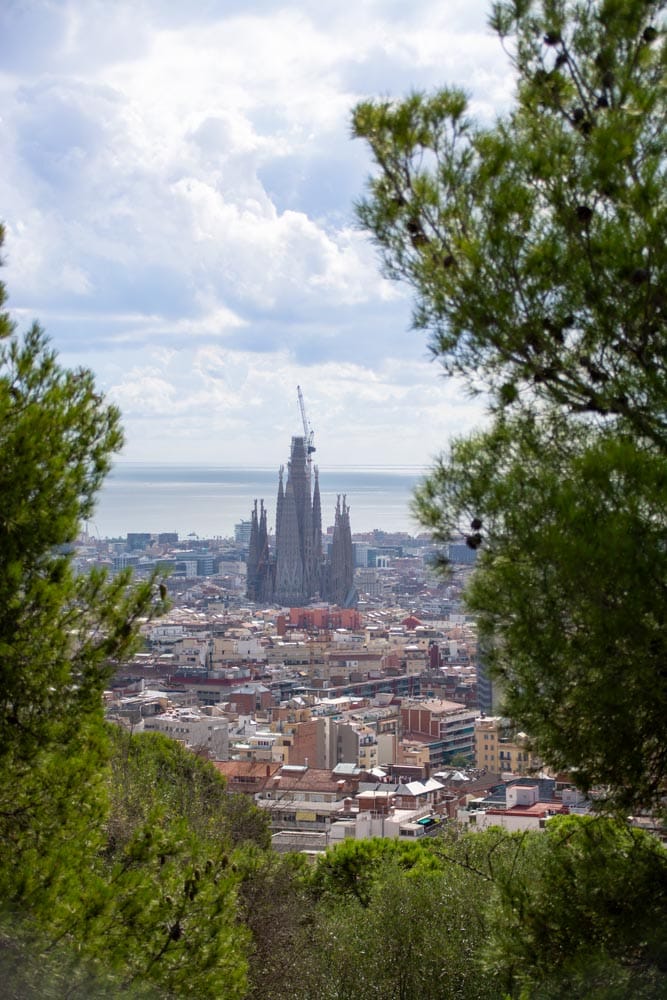
A Glimpse at Gaudí
Born in 1852, Gaudí began his career designing villas and residences for wealthy patrons, always embedding natural forms and details far ahead of his time. Projects like Casa Batlló and Casa Milà still feel futuristic today, despite being created more than a century ago.
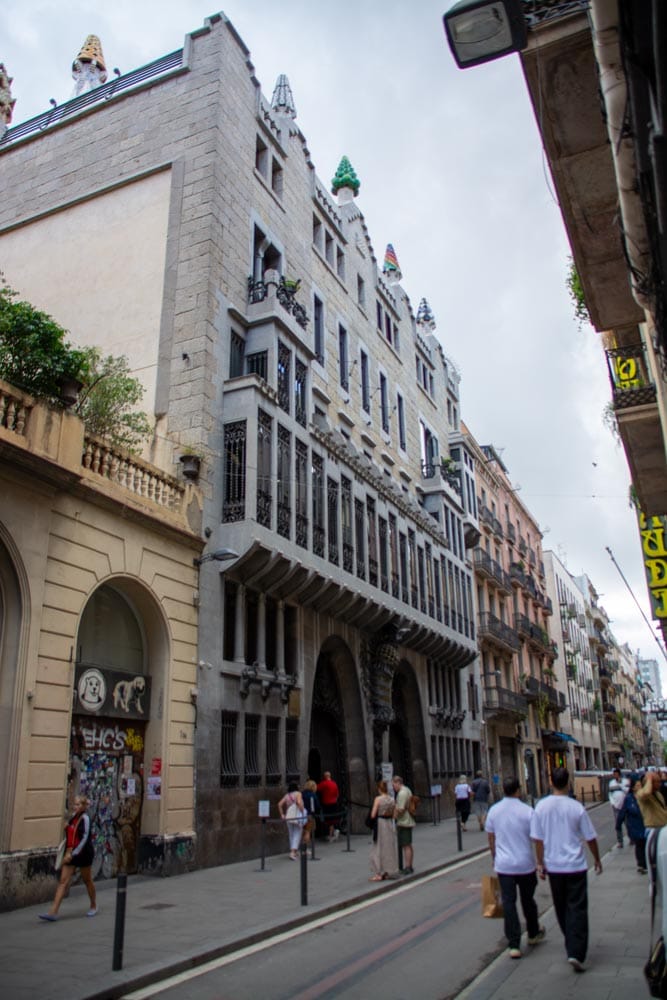
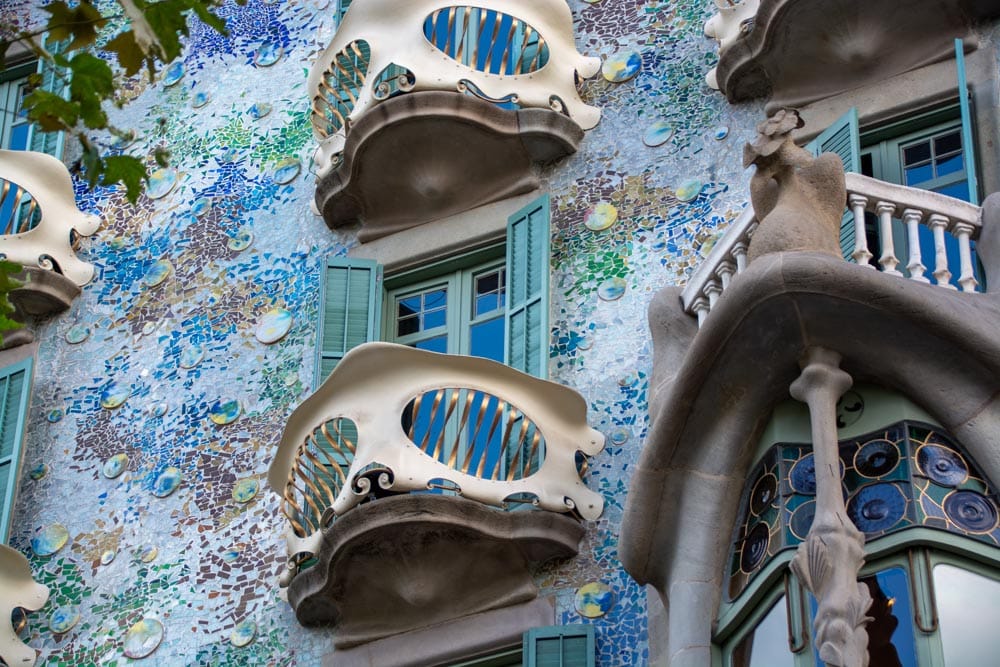
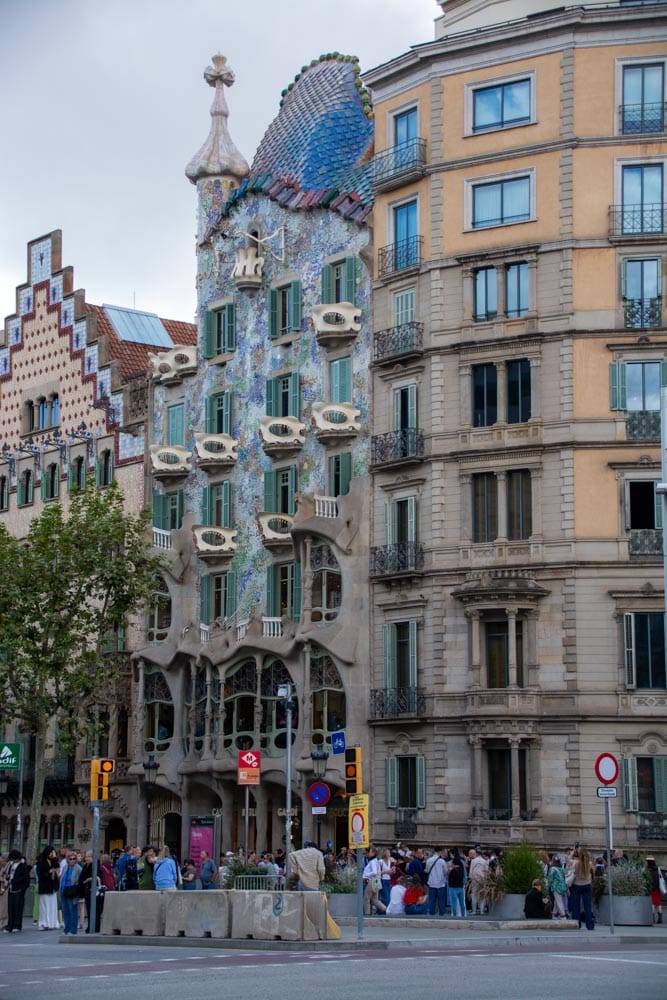
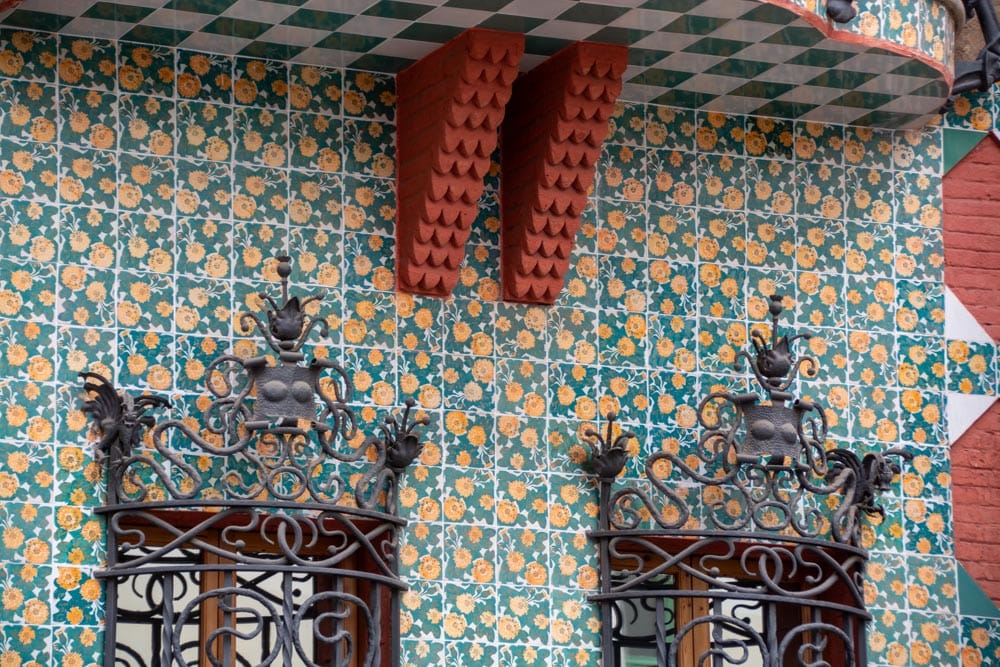
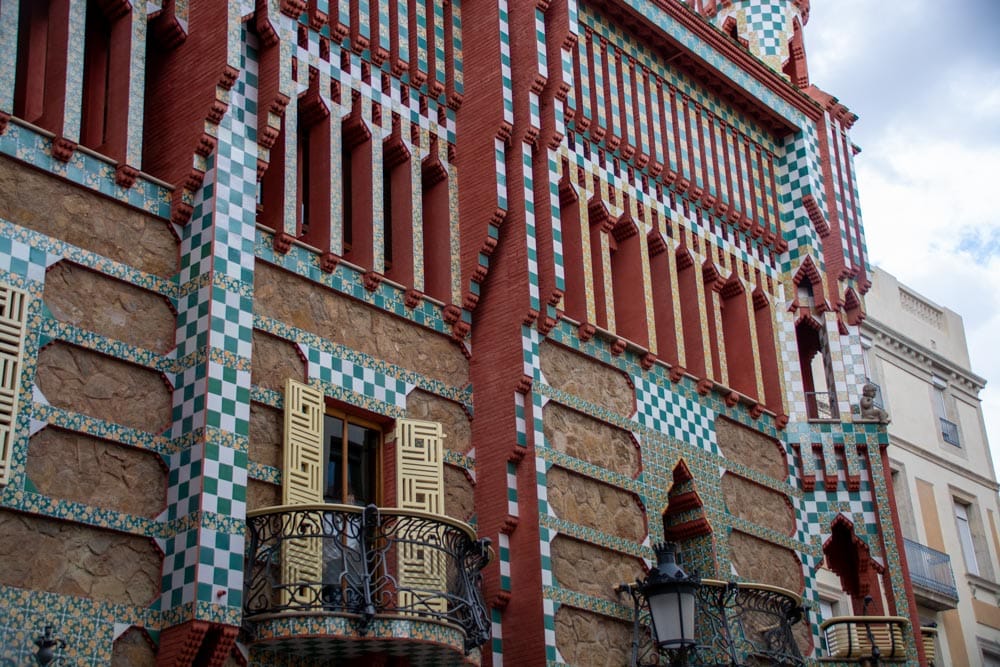
His parks, such as Park Güell, brought playful mosaics and organic curves into public space, transforming stone and tile into living, breathing art.
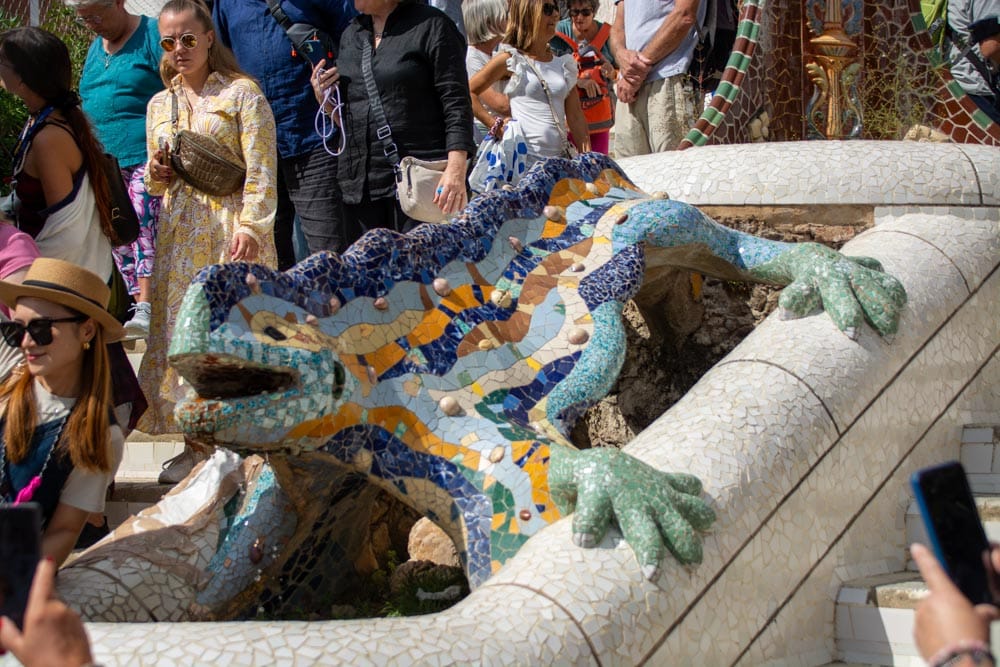
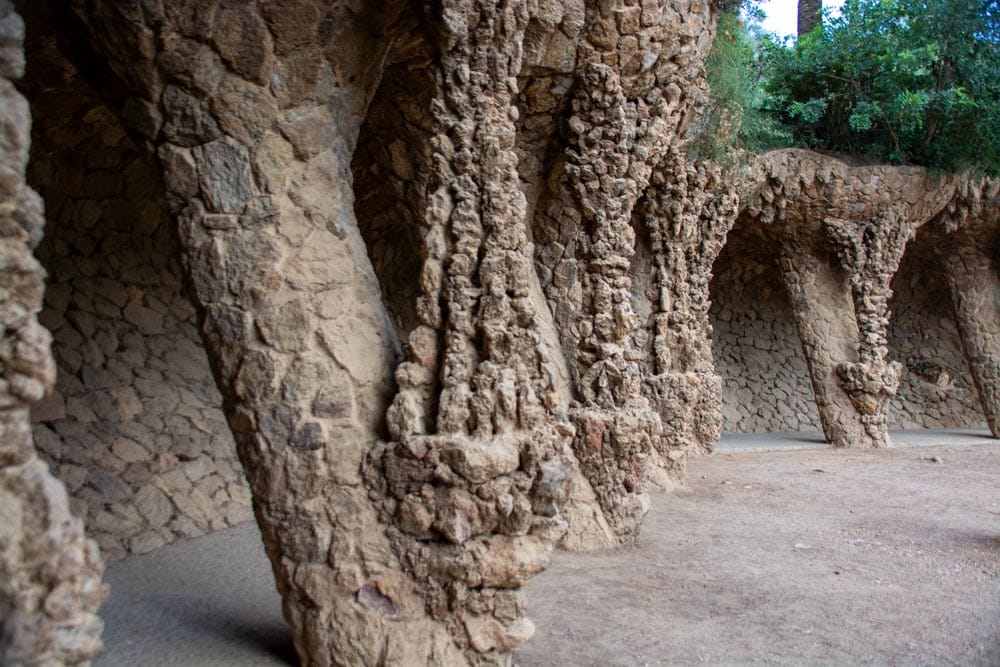
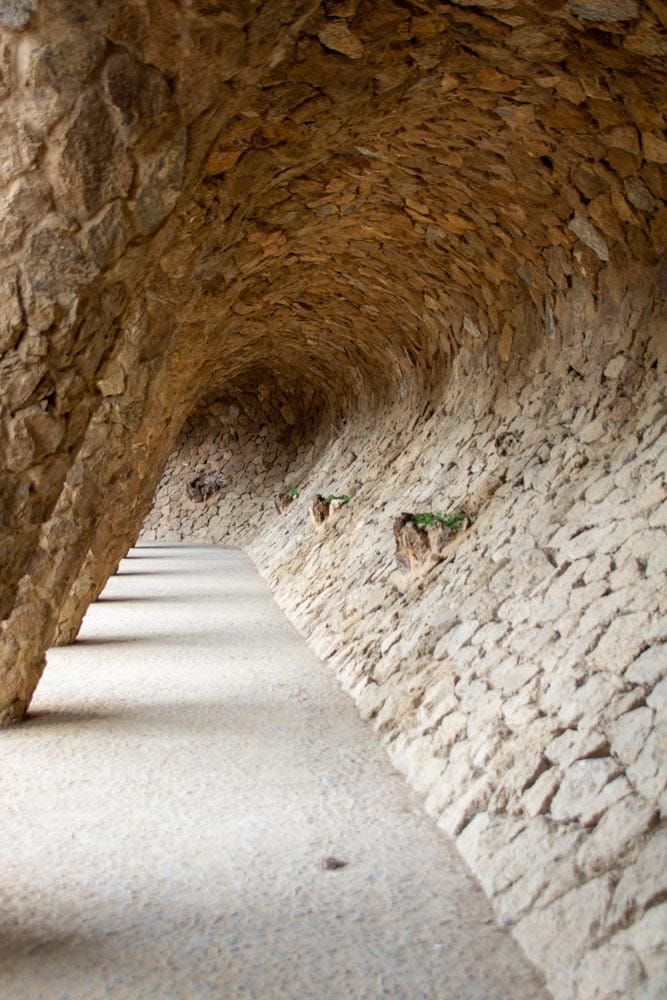
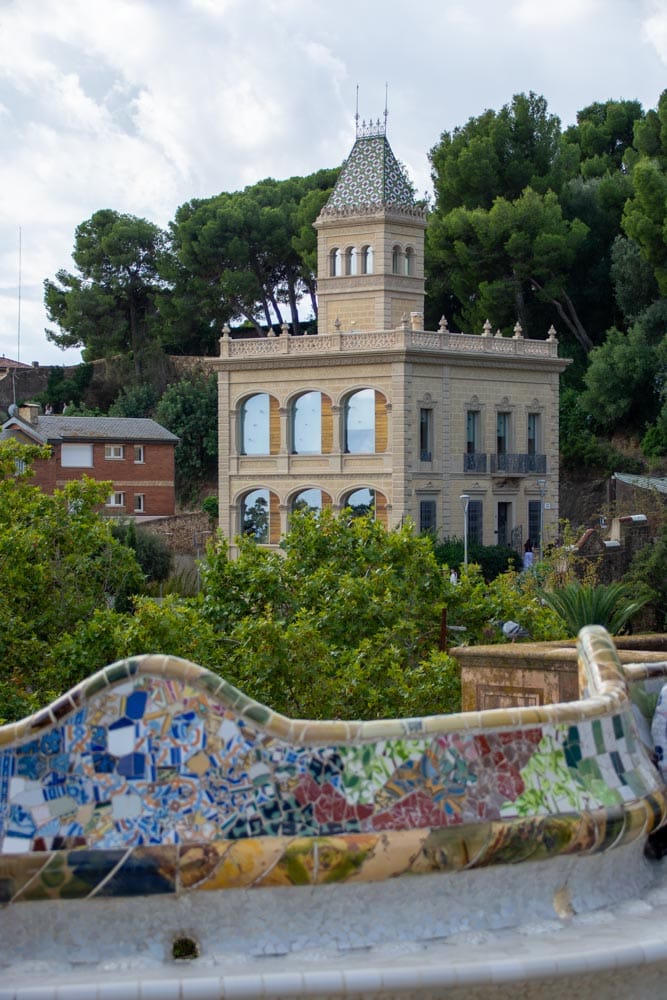
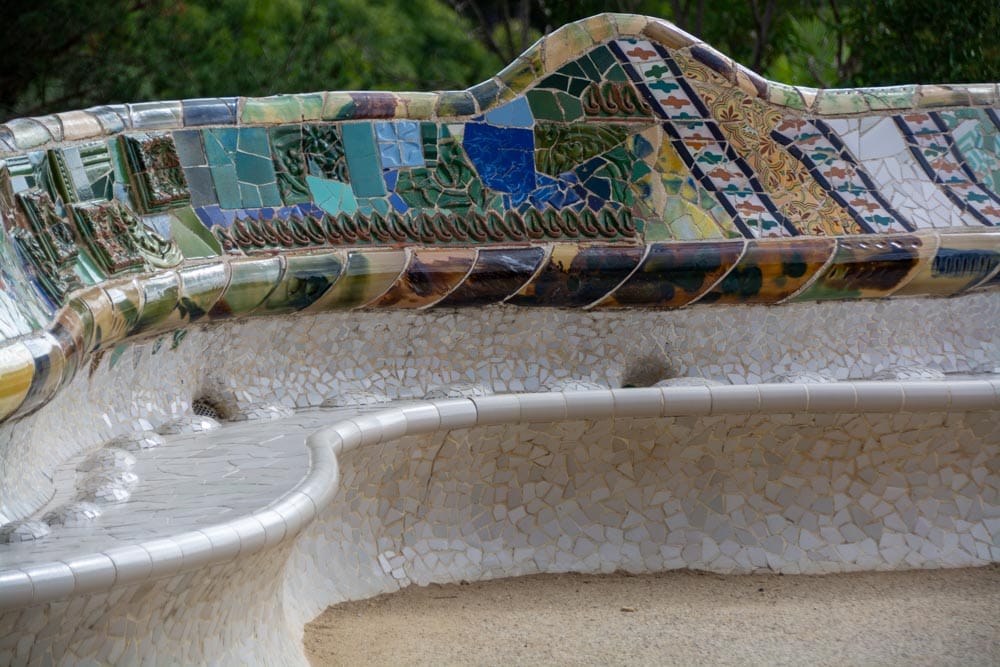
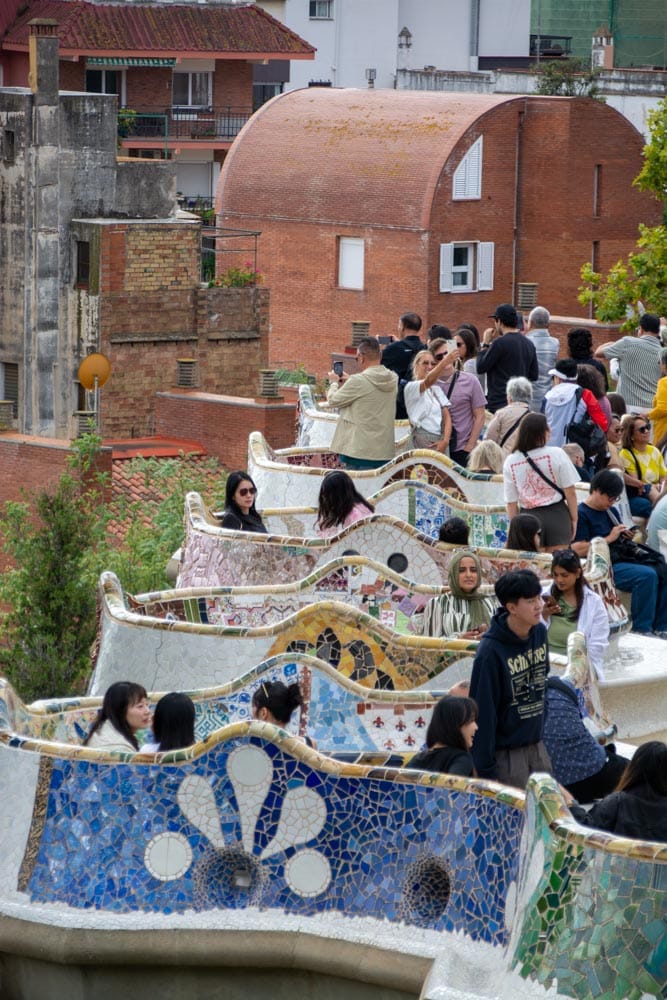
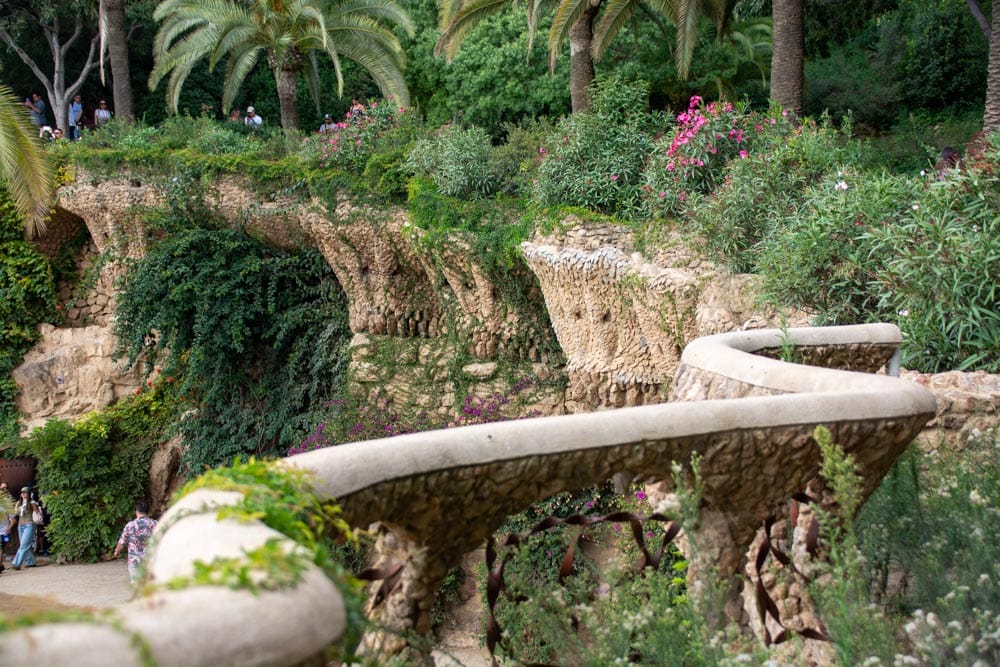
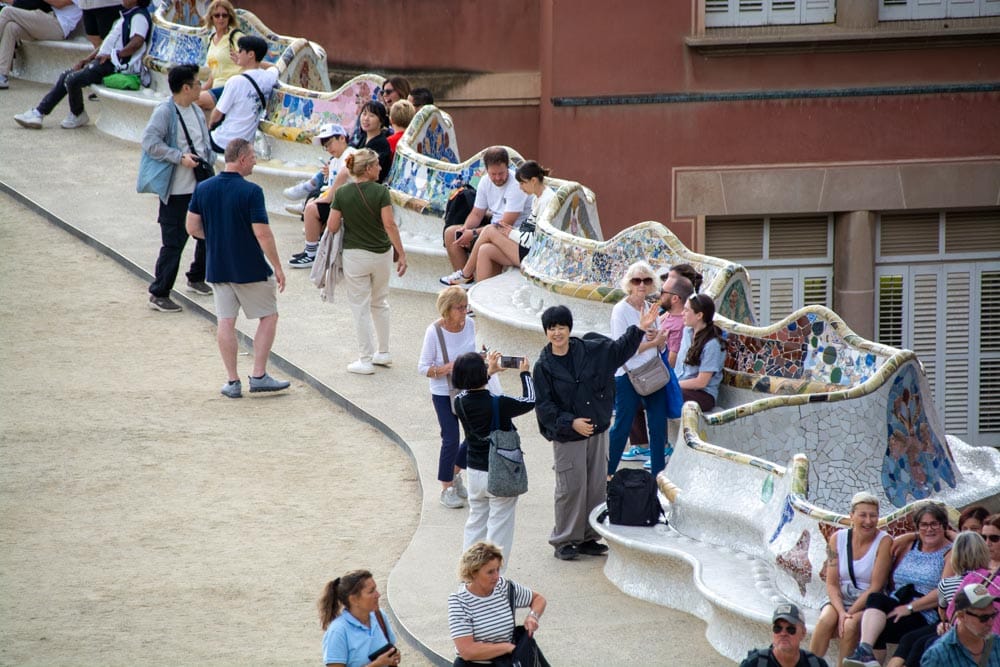
But his masterpiece remains the Sagrada Família, a project so ambitious it still rises skyward more than 140 years after it began. Standing beneath its towers, I finally understood how medieval Europeans must have felt when they first stepped into Cologne’s cathedral or Paris’ Notre Dame. It overwhelms the senses, not just as a church but as a declaration of what human creativity can achieve.
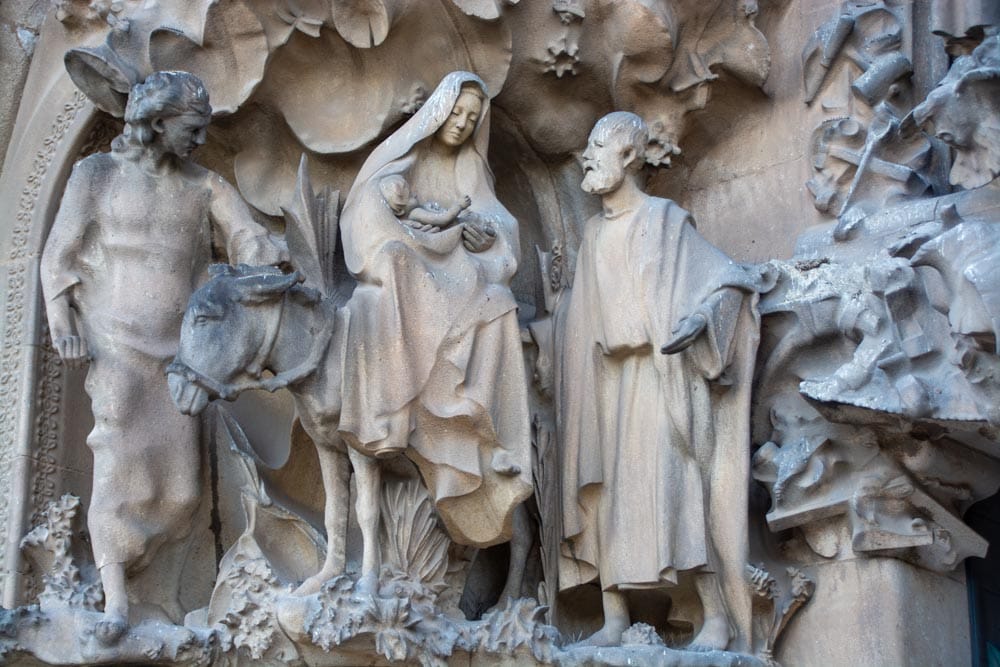
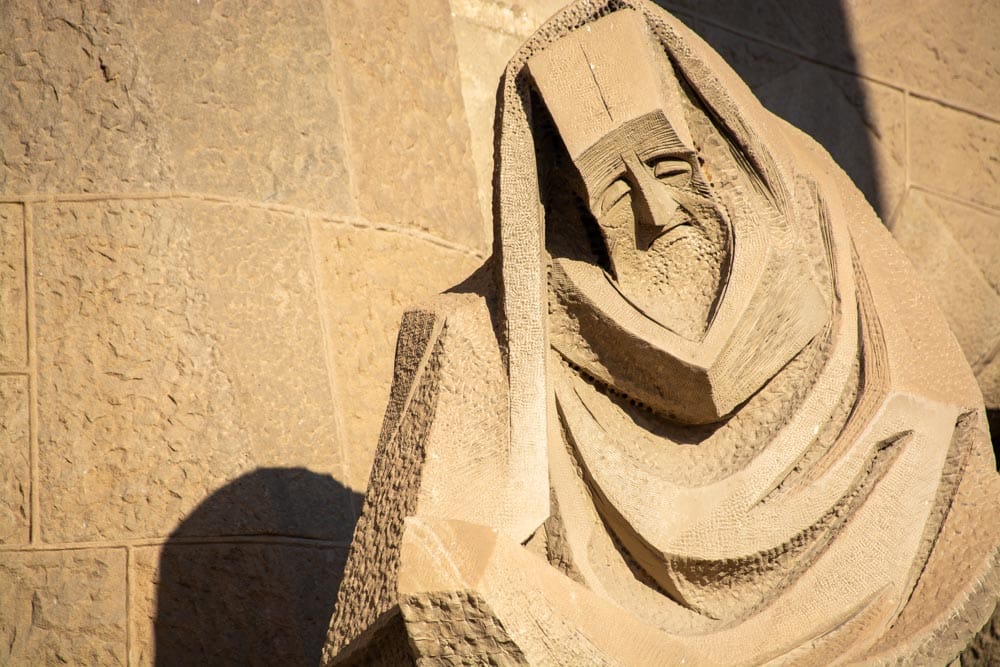
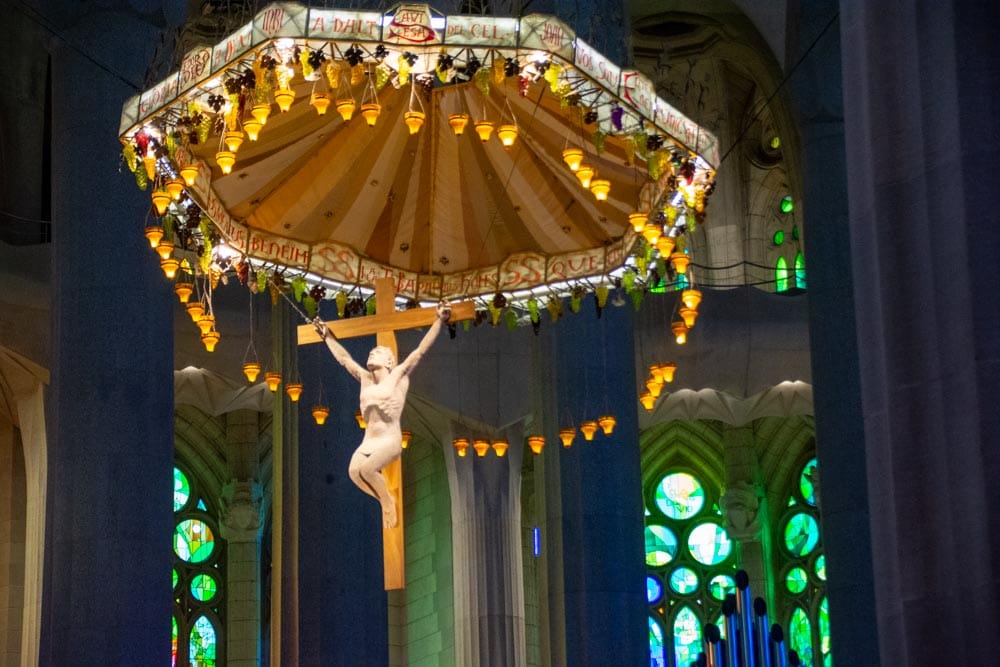
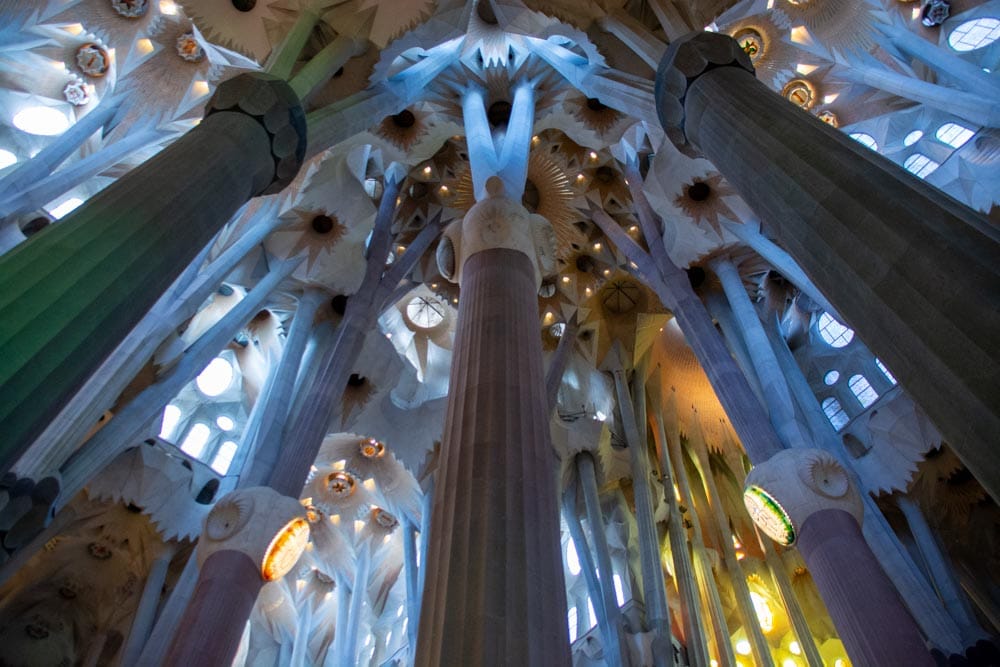
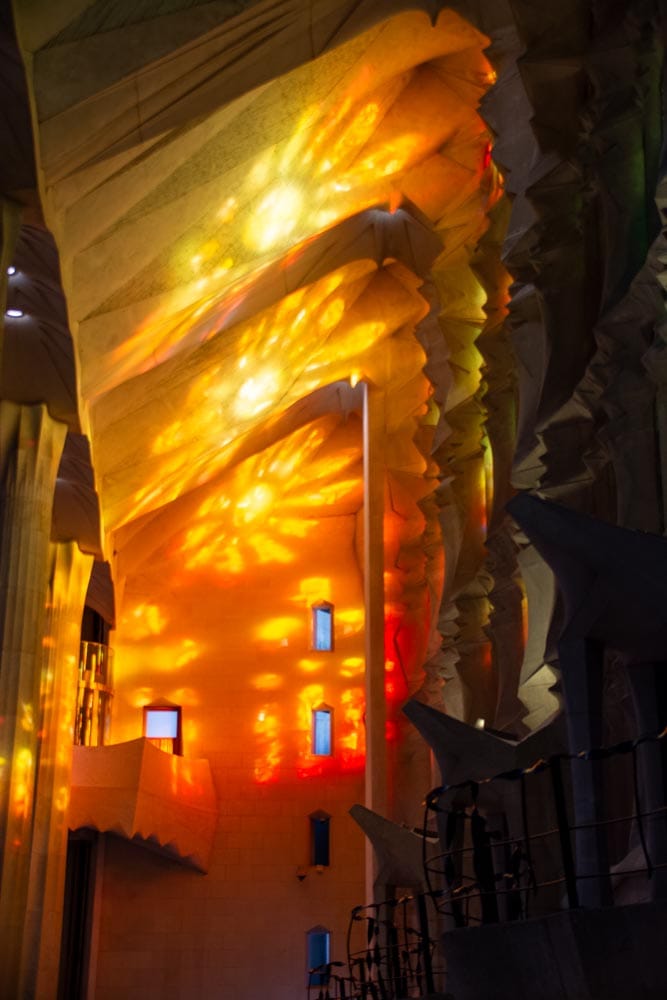
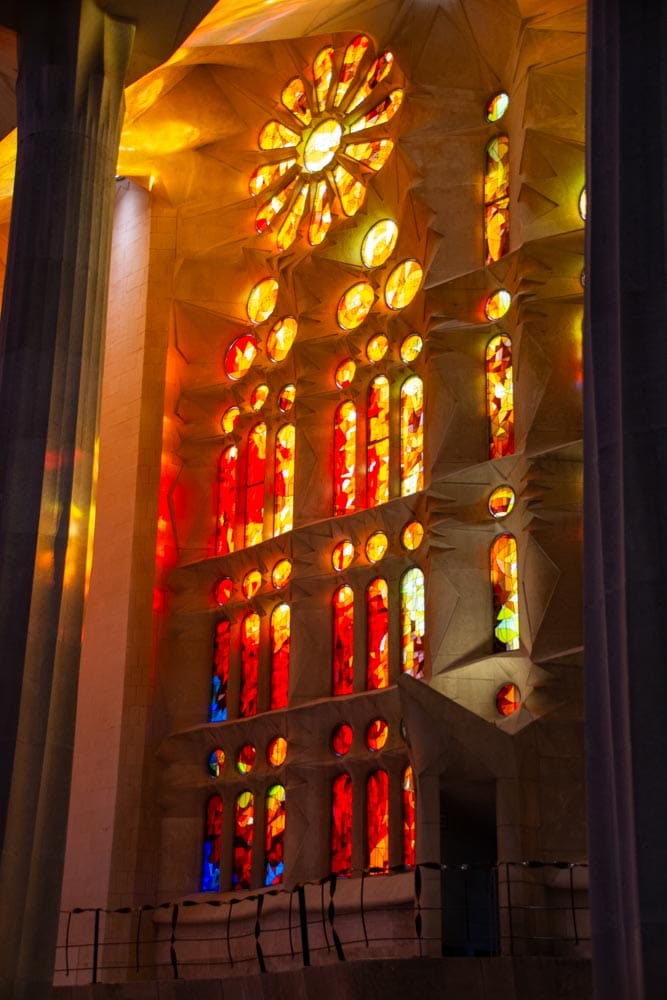
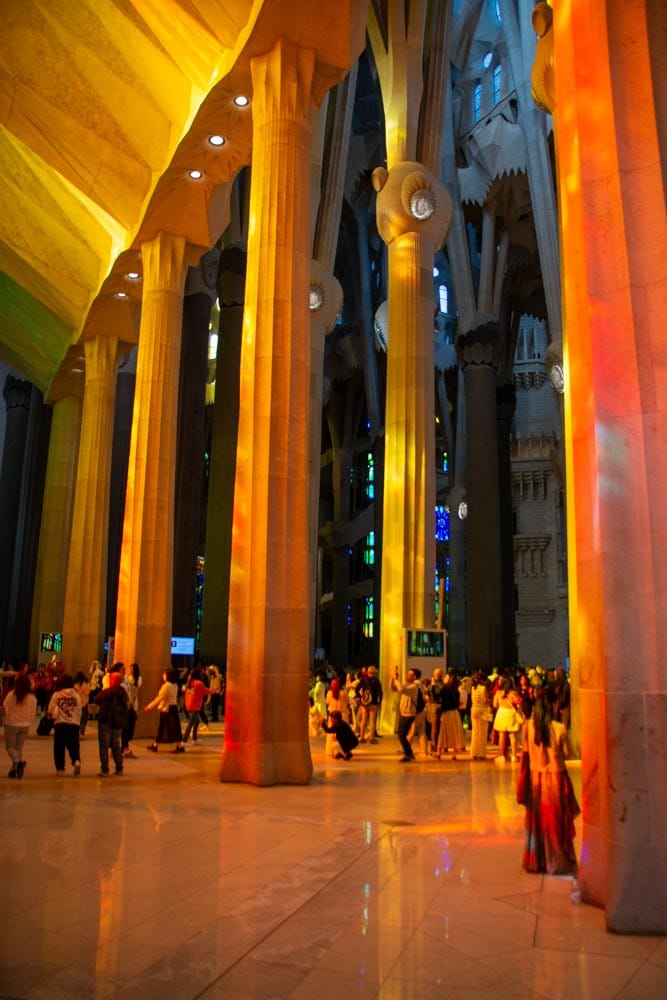
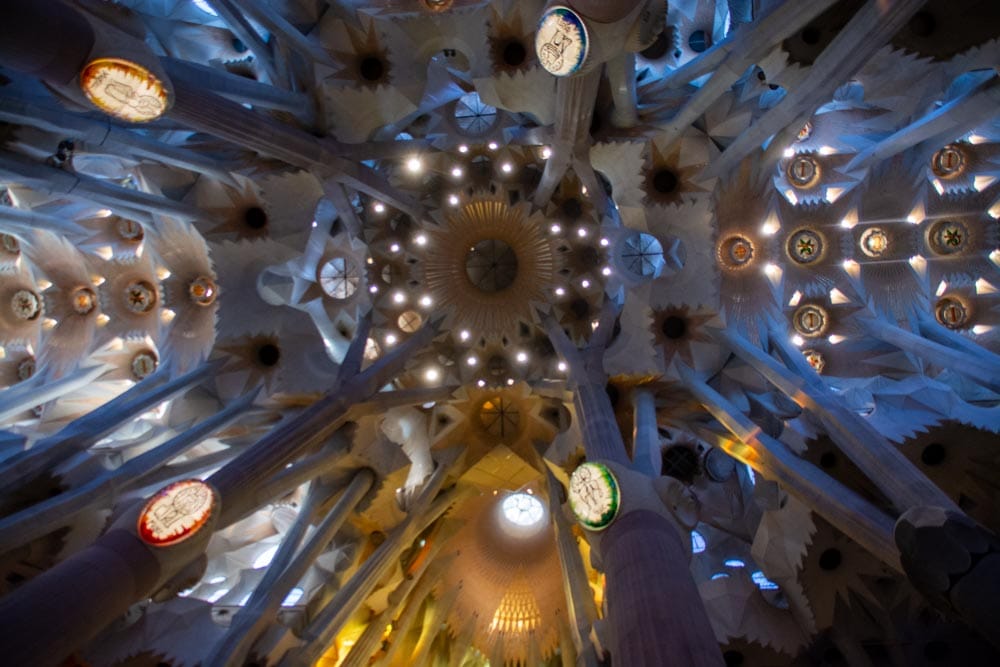
Sagrada Familia is a declaration of what human creativity can achieve.
If time travel were possible, Gaudí is one of the few people I would want to meet. He seemed a century ahead of his time, blending vision with craftsmanship in a way that feels futuristic even today.
Visiting Park Güell was like stepping into a dream. Curves replace straight lines, mosaics shimmer with color, and every detail feels alive. As I walked through its playful shapes, I could not help but wonder the following.
What would our expedition truck look like, if Antoni Gaudí had designed it?
The Exterior Design would be flowing curves instead of flat walls, like Casa Batlló on wheels. A body clad in shimmering mosaics, Gaudí’s signature trencadís, reflecting sunlight like dragon scales. A grille shaped like bones or a dragon’s mouth, headlights glowing like flower buds. Rooflines arching like waves or shells, echoing the Sagrada Família towers.
Core Features would be the integration with nature: solar scales blending into the roof, rainwater collection hidden in organic shapes. Symbolism: spirals, crosses, and golden ratio proportions built into the structure. An interior without straight walls, alcoves flowing into one another, light shafts casting colors like stained glass. Sustainable systems: passive airflow inspired by termite mounds, renewable power for modern overlanding. A rooftop spiral staircase doubling as a lookout or drone launch pad. Furniture that feels grown into the walls rather than built separately.
Rolling Art, Not Just a Truck. The result would not just be an expedition vehicle. It would be a moving sculpture, alive with color and curves, harmonizing with landscapes yet ready for the extremes of adventure.
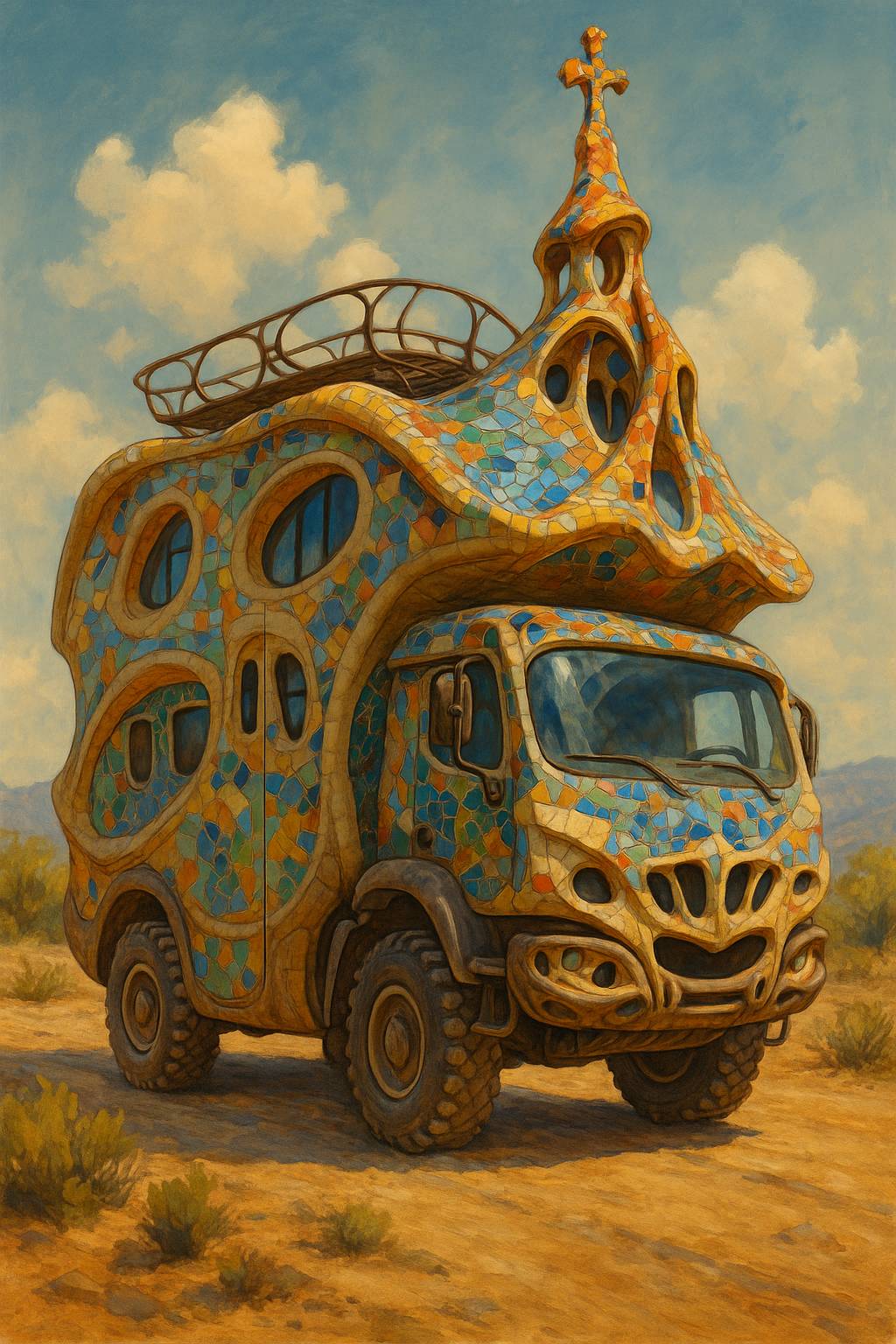
What would our expedition truck look like, if Antoni Gaudí had designed it?
A Gaudí-Inspired Expedition Truck
(imagined by ChatGPT)
Barcelona gave us history, beauty, and a vision of what is possible when imagination is allowed to bend reality. And maybe, just maybe, it gave us a new dream of what travel could look like in the future.
For those who do not travel often, perhaps Gaudí’s work is a reminder that inspiration does not require distance, it can be found in the details of design, light, and imagination right where you are.
Explore. Dream. Discover.
